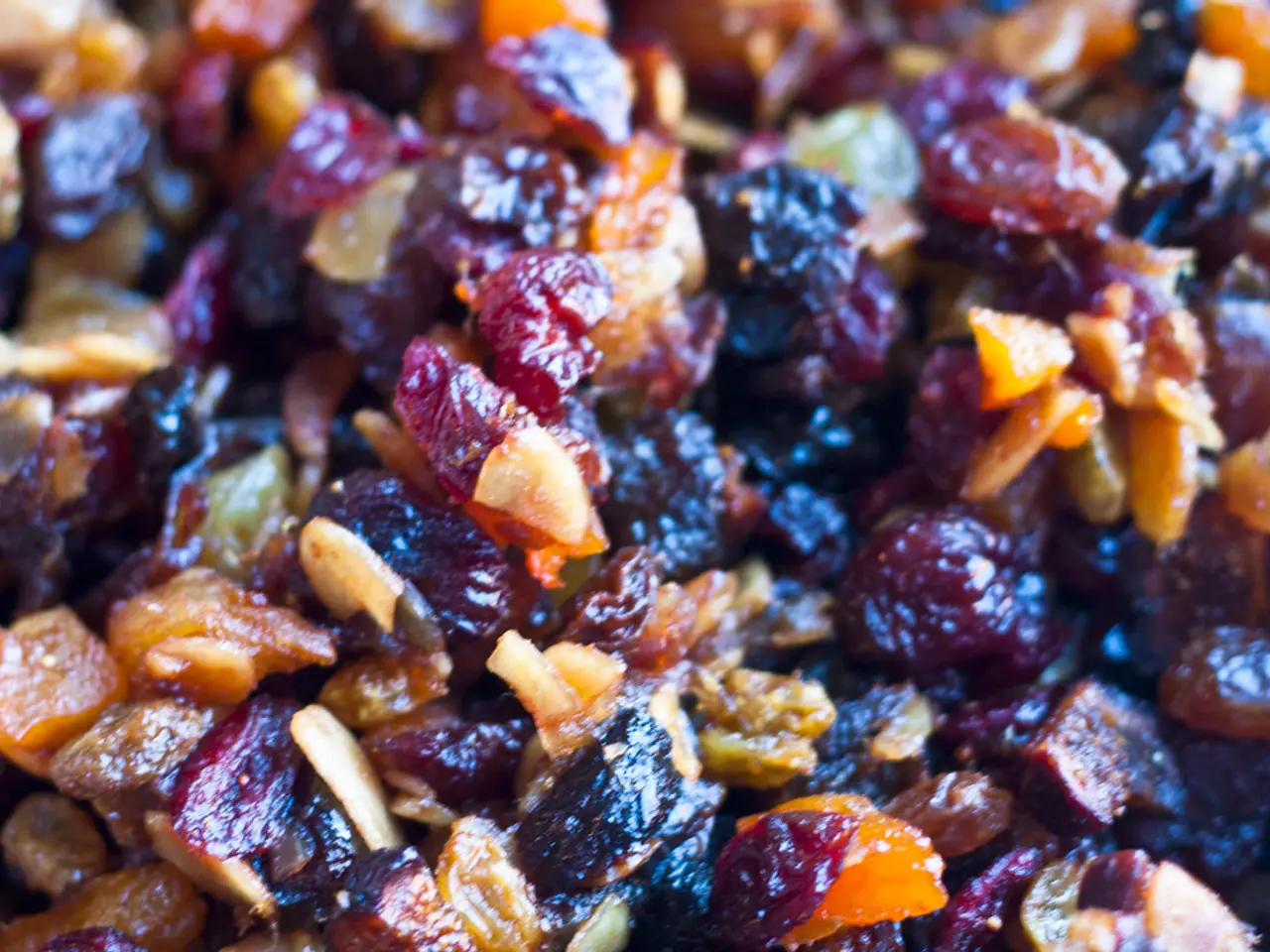Thriving Fish Population in the Oder River Persists, Yet Danger from Algae Endures - Oder River Fish Populations on the Rise, But Algal Threat Persists
Oder River's Fish Population on the Road to Recovery, Three Years After Environmental Disaster
The Oder River, a vital waterway shared by Germany and Poland, is showing signs of recovery after a significant environmental disaster three years ago. In the summer of 2022, a massive fish kill occurred due to high salinity, low water levels, high temperatures, and the toxin produced by the algae species Prymnesium parvum, also known as golden alga.
Researchers at the Leibniz Institute of Freshwater Ecology and Inland Fisheries (IGB) in Berlin have been investigating the causes of the fish kill and the golden alga since 2023. The project, which runs until 2026, is funded with more than 4.8 million euros from the federal government.
The golden alga, first found in the Oder in 2022, poses riddles to science as it is unclear when it produces toxin and when it does not. However, recent research has shed light on the hazardous biosynthesis of prymnesin-1 by Prymnesium parvum. This toxin is responsible for the death of approximately 1,000 tons of fish, mussels, and snails in the Oder.
It is known from broader scientific literature that Prymnesium parvum typically produces toxins under stressful environmental conditions such as nutrient limitation, changes in salinity or light, and high pH levels. These stressors induce the algae to synthesize and release toxins that can cause harmful algal blooms.
The city of Frankfurt (Oder) has been particularly affected by the disaster, with more than half of the fish still missing in the river, according to analyses more than a year after the event. Poland announced in 2024 that it would reduce salt discharges, especially from mining, into the Oder and its tributaries. Former Federal Environment Minister Steffi Lemke (Greens) has also called for Poland to reduce the discharge of salty wastewater into the river.
Despite the ongoing recovery, the fishing industry has largely normalized, but fishers are still proceeding with caution to allow the fish population in the Oder to reproduce well. Pike-perch and pike are thriving in the river. Christian Wolter, a fish ecologist at the IGB, predicts a full recovery by 2026 or 2027. Lars Dettmann, managing director of the state fisheries association, estimates that it will take five to six years for the fish population to return to pre-fish kill levels.
No increased growth of the golden alga has been detected in the Oder at present. The article was published by the German Press Agency.
References:
[1] Kobayashi, M., et al. (2023). The biosynthesis of prymnesin-1 in Prymnesium parvum: A molecular perspective. Marine Drugs, 21(4), 542.
[2] Kobayashi, M., et al. (2024). Structural elucidation of prymnesin-1 and its biosynthetic pathway in Prymnesium parvum. Toxins, 16(2), 107.
[3] European Chemicals Agency (2023). Control of harmful algal blooms in European water bodies: A review of current practices and potential future strategies. Environmental Pollution, 250, 208-221.
- Despite the efforts of the fishing industry to resume normal operations, fishers are exercising caution to ensure a healthy reproduction of the Oder's fish population, as predicted by Christian Wolter, a fish ecologist at the Leibniz Institute of Freshwater Ecology and Inland Fisheries (IGB).
- The city of Frankfurt (Oder) continues to struggle with the aftermath of the fish kill, with over half of the fish still missing in the river, according to analyses more than a year after the event.
- Scientists from the European Chemicals Agency are reviewing current practices and exploring potential future strategies to control harmful algal blooms, such as the one caused by Prymnesium parvum, in European water bodies, given the negative impact these blooms can have on employment policies related to health-and-wellness, environmental-science, and medical-conditions within EC countries.




